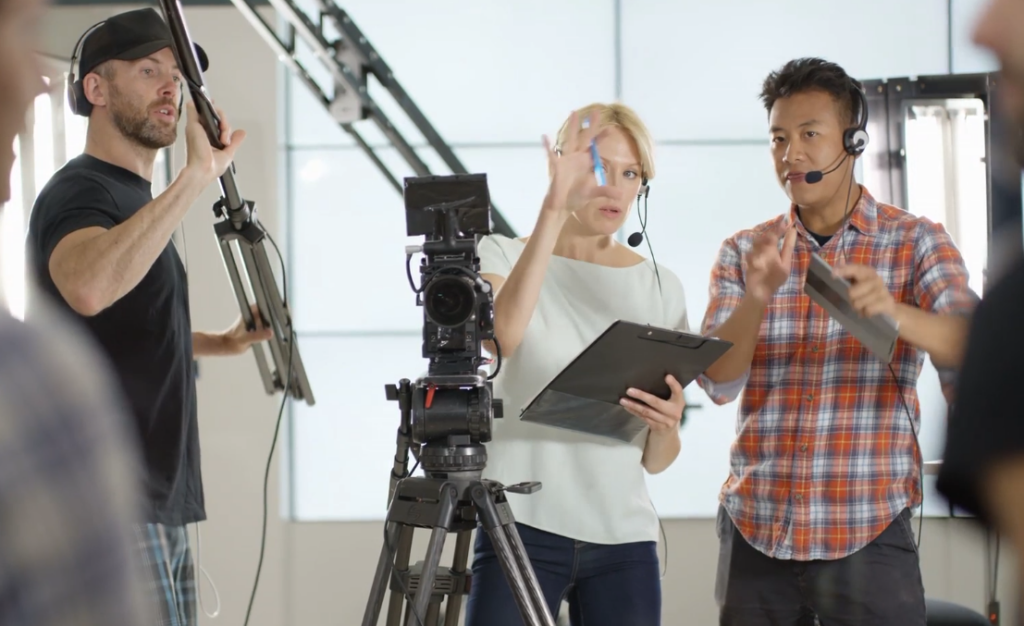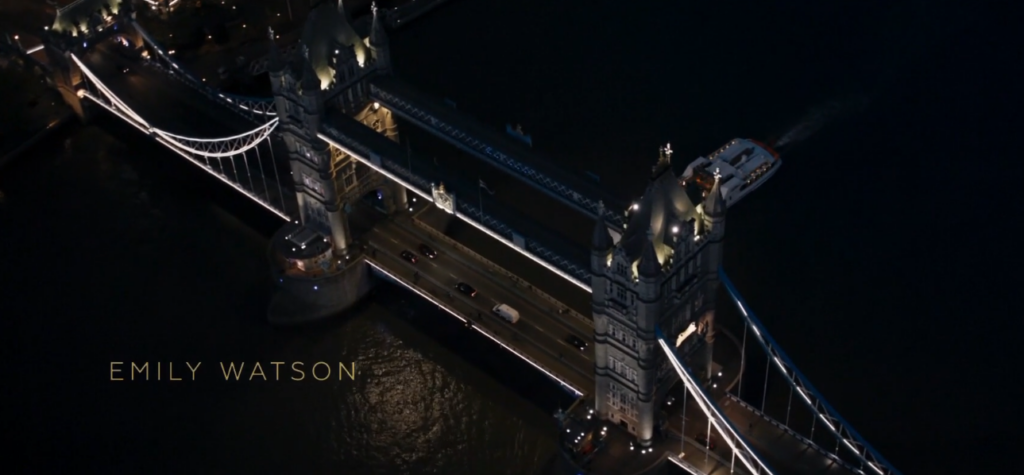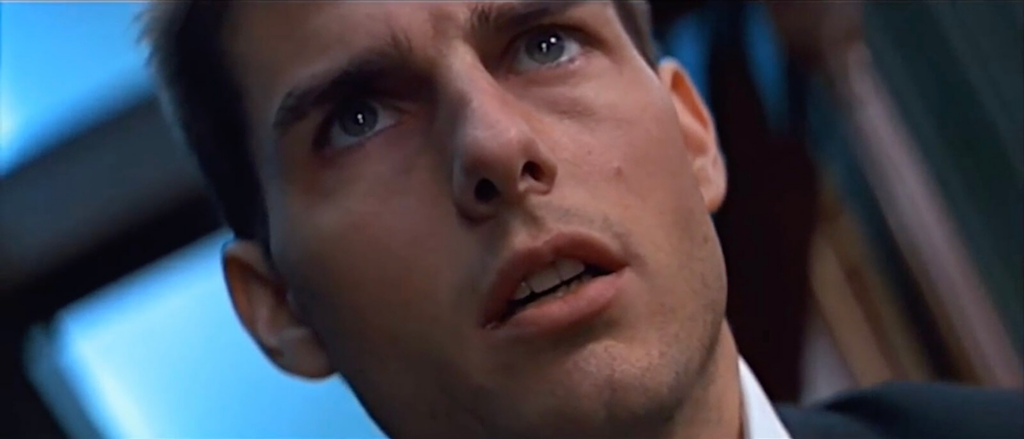Types
The camera angle, the level and height of the camera, is an important tool to express the mood or convey a character’s standing or situation.

Source: Pexels
In terms of the height, there are eye-level shots, high-angle and low-angle shots (when the camera is placed above or below eye level), Dutch (tilted) angle, and overhead or aerial bird’s-eye view shots.
A bird’s-eye view shot can be a type of establishing shot to indicate the setting of a film. It can also illustrate the magnitude of a location or a crowd scene. For example, Richard Eyre’s 2018 King Lear opens with a bird’s-eye view shot over modern-day London to set the scene and the mood.

Examples
For documentaries and narrative films, the most common angle is the eye-level angle which is often seen as a neutral position because it parallels how we see the world in our daily life.
The beach scene in Adam Smethurst’s Twelfth Night (2018) begins with an eye-level shot of Viola, a survivor of a shipwreck, and transitions to a low-angle depiction of the captain who would serve as her aid and guide in the foreign land. This is followed by shots by the handheld camera to convey instability and anxiety as the camera comes closer to Viola.

Here is an example of the Dutch angle, from Brian De Palma’s 1996 spy film Mission: Impossible, showing an anxious agent, Ethan Hunt (played by Tom Cruise).

Here is an example of low-angle shots from Quentin Tarantino’s Pulp Fiction (1994). Film viewers are placed (along with the camera) in the trunk of a car.
